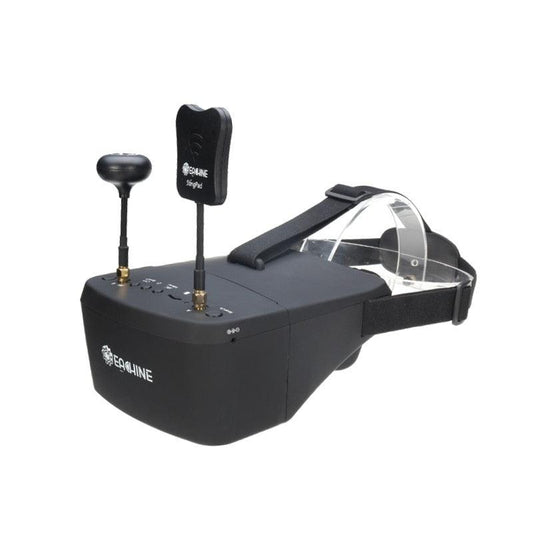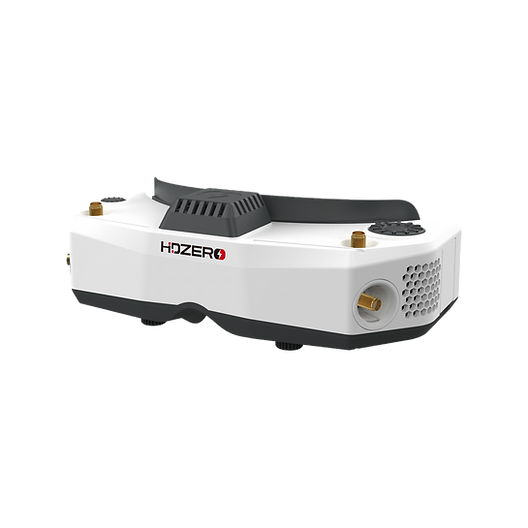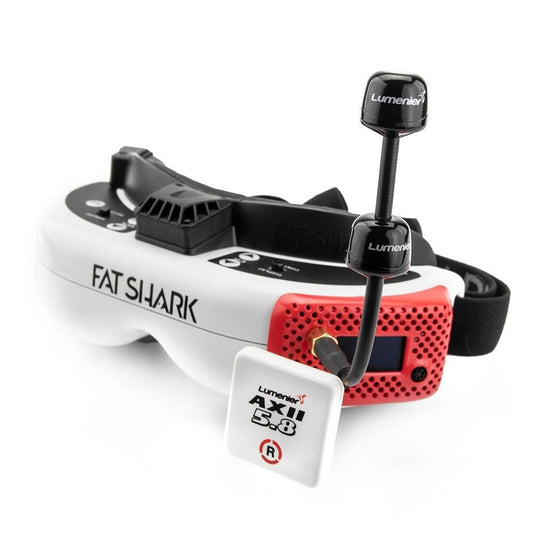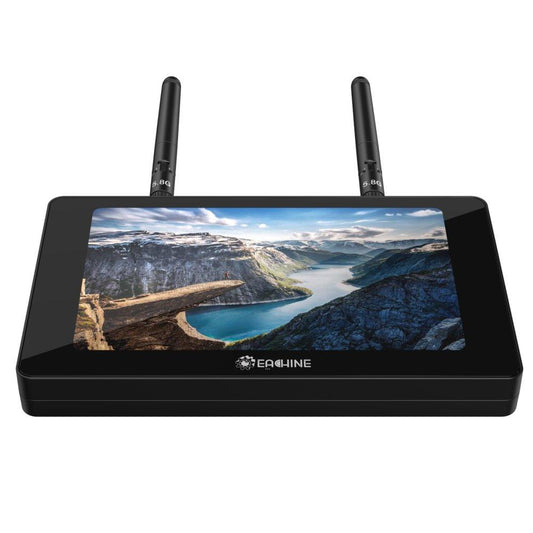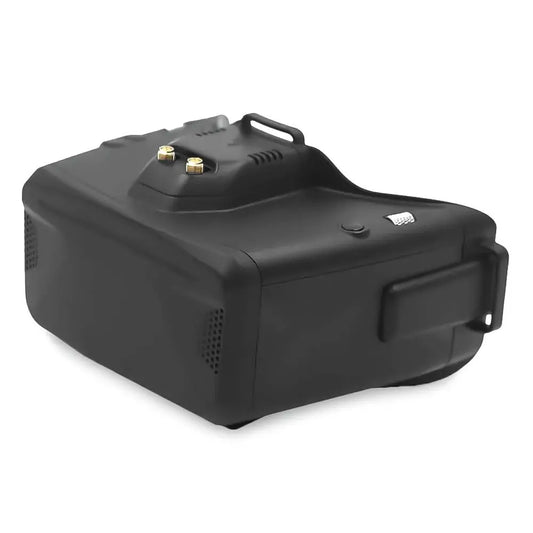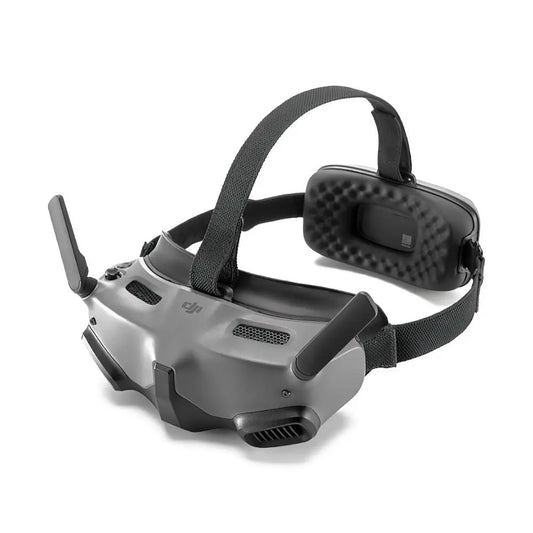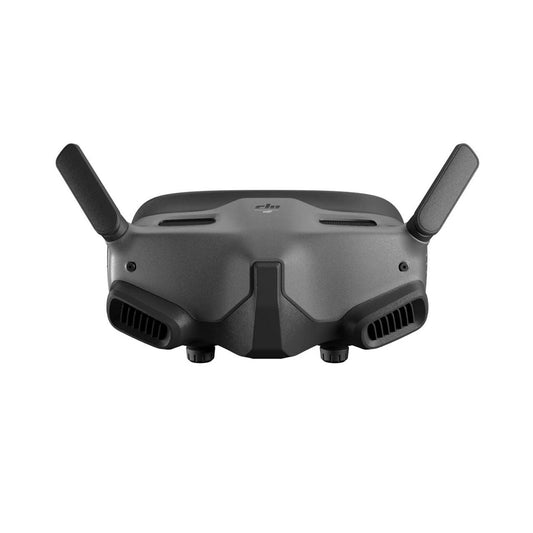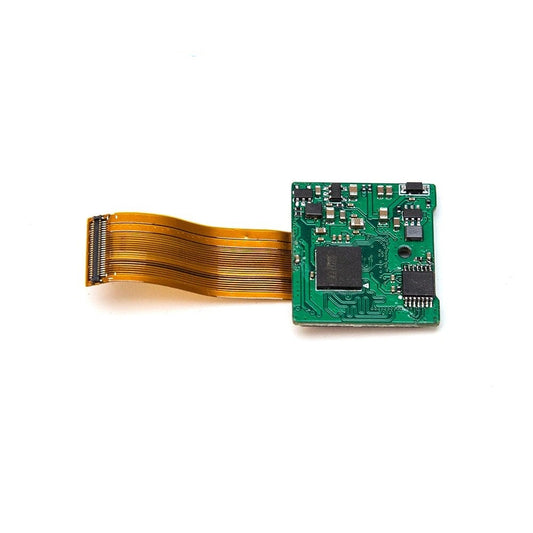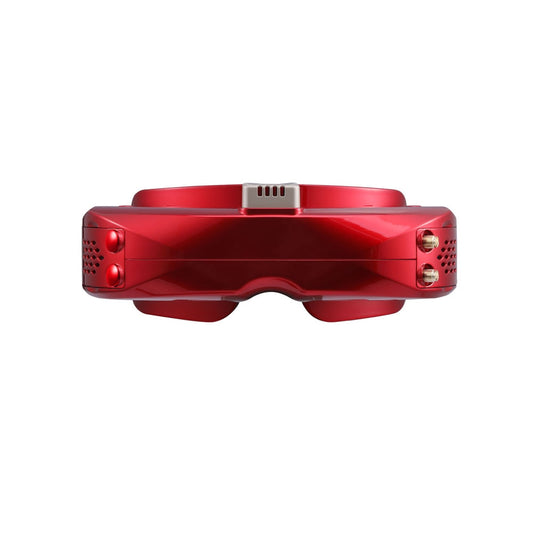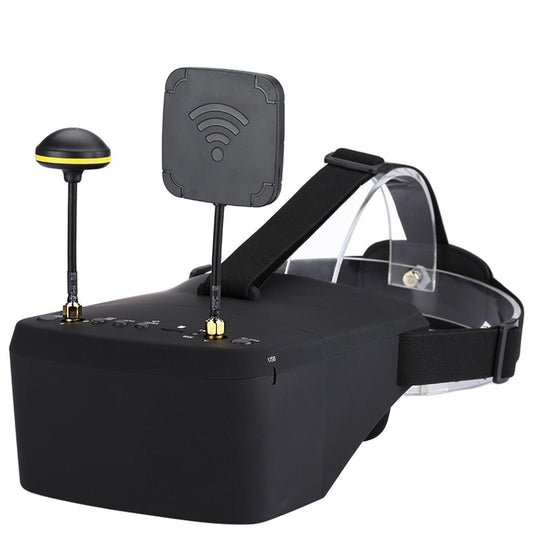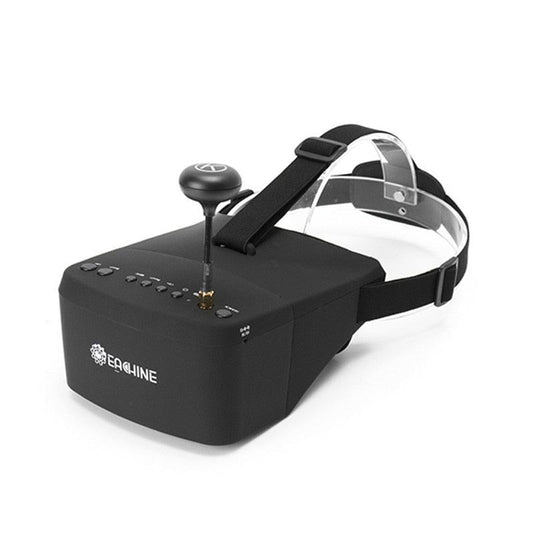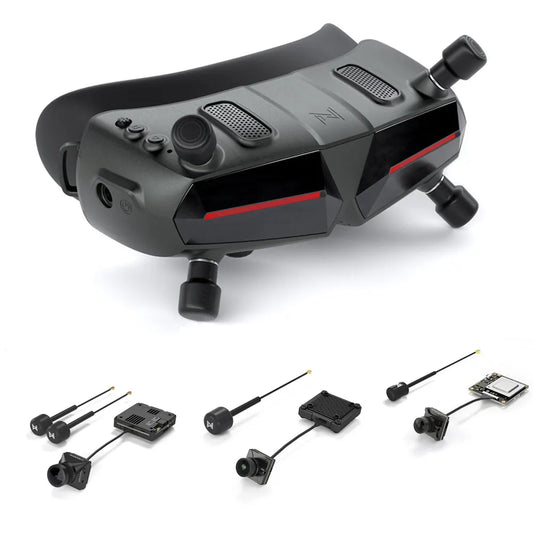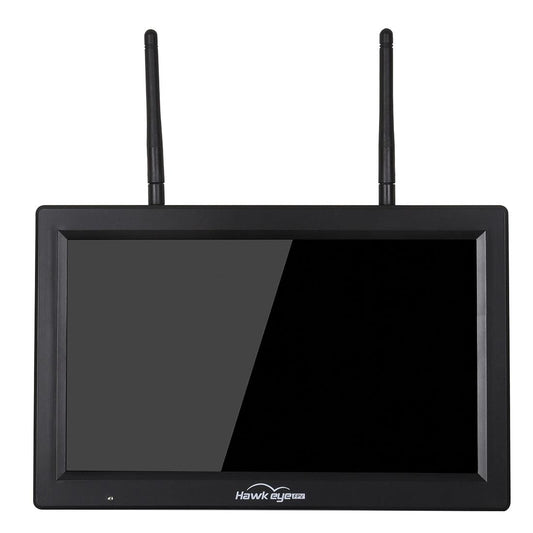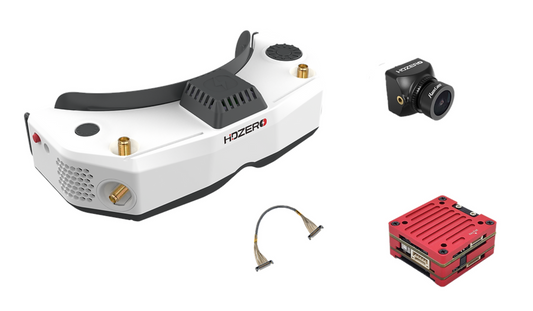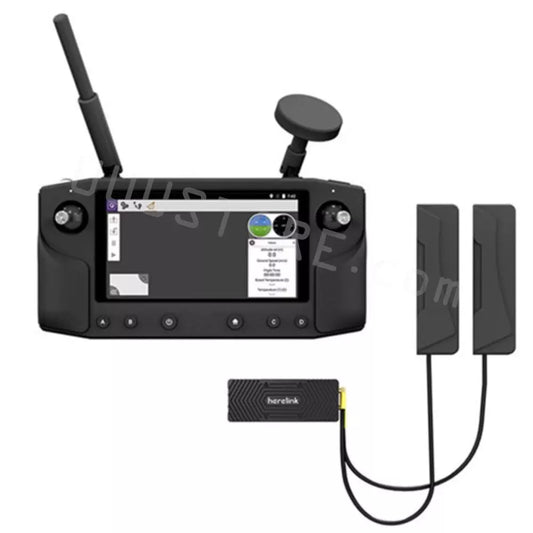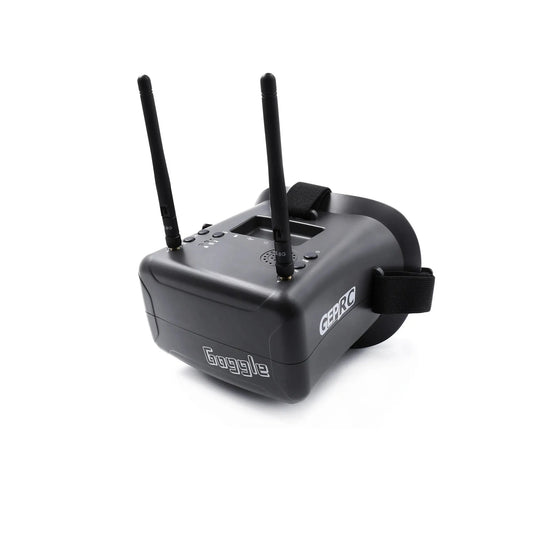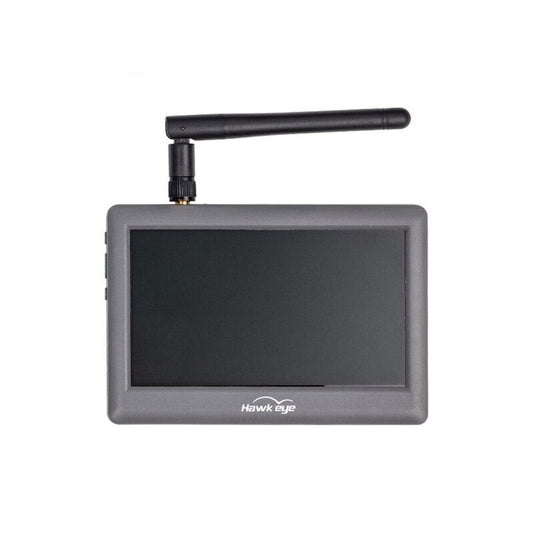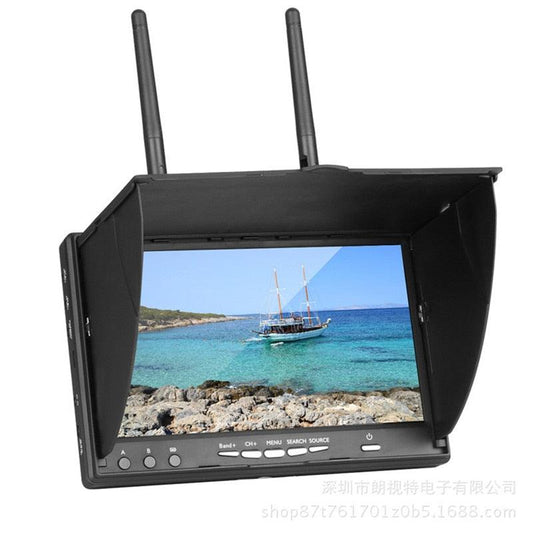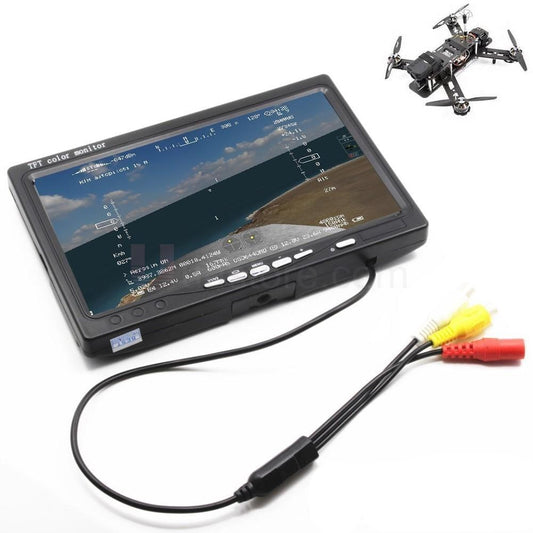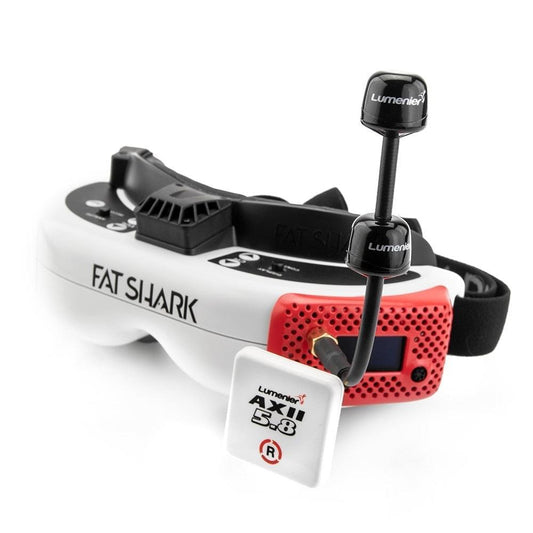-
HDZero Goggle 2 FPV Goggles – 1080p 90Hz OLED, Built-in Analog RX, HDMI I/O, 3ms Latency, WiFi DVR
Regular price From $859.00 USDRegular priceUnit price per -
DJI Goggles 3
Regular price $629.00 USDRegular priceUnit price per -
Eachine EV800D FPV Goggle - 5.8G 40CH 5 Inch 800*480 Video Headset HD DVR Diversity FPV Goggles With Battery For RC Model
Regular price From $122.35 USDRegular priceUnit price per -
HDZero FPV Goggles - Full HD 1920x1080P 90fps OLED Micro Display
Regular price $799.00 USDRegular priceUnit price per -
FatShark Dominator HDO2 FPV Goggles - with Immersionrc Rapidfire and Lumenier 5.8g AXII Patch And lumernier Double AXII ANTENNA for FPV Drone
Regular price From $42.60 USDRegular priceUnit price per -
BETAFPV VR03 FPV Goggles - 64GB Storage DVR Recording 48CH RC FPV Racing Drones
Regular price $93.14 USDRegular priceUnit price per -
Eachine Moneagle 5 Inch FPV Monitor - IPS 800x480 5.8GHz 40CH Diversity Receiver 1000Lux FPV Monitor HD Display For RC Drone Radio Controller
Regular price From $112.51 USDRegular priceUnit price per -
SKYZONE Cobra X V4 Goggle - 1280x720 5.8G 48CH Receiver Upgrade Of V2 Head Tracker DVR FPV Goggles Helmet With HDMI For FPV Drone
Regular price From $173.77 USDRegular priceUnit price per -
DJI Goggles Integra
Regular price $559.00 USDRegular priceUnit price per -
DJI Goggles 2
Regular price $699.00 USDRegular priceUnit price per -
SKYZONE SKY04X SKY04L FPV Goggles Original Parts - for Upgrade/Replacement/Repair FPV Goggles Parts Accessories
Regular price From $10.42 USDRegular priceUnit price per -
SKYZONE SKY04X V2 FPV Goggles - OLED 5.8G 48CH Steadyview Receiver 1280X960 DVR FPV Goggles with Head Tracker Fan for RC Airplane Racing Drone
Regular price $681.99 USDRegular priceUnit price per -
EV800D 5.8G 40CH FPV Goggles - 5 Inch 800*480 Video Headset HD DVR Diversity FPV Glasses With Battery For RC Model RC FPV Drone
Regular price From $100.83 USDRegular priceUnit price per -
Eachine EV800 5 Inches 800x480 FPV Video Goggles 5.8G 40CH Raceband Auto-Searching Build In Battery
Regular price From $79.18 USDRegular priceUnit price per -
Fat Shark ECHO FPV Goggles – 4.3" 800x480 Display, 55° FOV, DVR, USB-C, 40CH Analog Receiver
Regular price $169.00 USDRegular priceUnit price per -
IFLIGHT Walksnail Avatar HD Goggles X with Avatar HD Kit V2 - / HD Pro Kit / HD Nano Kit V3 / HD Mini 1s Kit Combo
Regular price From $521.65 USDRegular priceUnit price per -
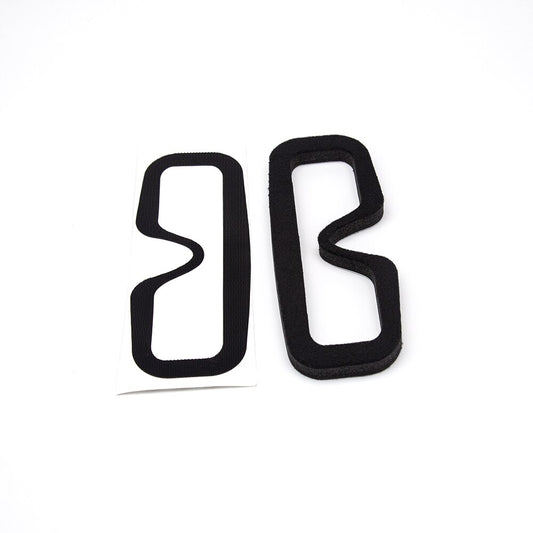
SKYZONE SKY04/ EV300O FPV Goggles Facepad Cloth/Foam/PU 3 Material for Replacement Parts Accessories
Regular price $18.48 USDRegular priceUnit price per -
5.8G 40CH FPV Goggles Monitor - Video Glasses Headset HD With Dual 5.8G Antennas 25mW transmitter fpv 600TVL camera for Racing FPV Drone
Regular price From $27.49 USDRegular priceUnit price per -
Hawkeye Little Pilot High Bright Screen FPV Monitor - Dual Receiver DVR 1280×720 10.2 inch1000lux 5.8GHz Display 3S-6S For FPV RC Racing Drone
Regular price $237.98 USDRegular priceUnit price per -
SKYZONE Cobra V2 FPV Goggles - X / SD 800x480 4.3inch 1280x720 4.1inch 5.8G 48CH RapidMix Receiver Head Tracker DVR FPV Glasses FPV Goggles for FPV Drone
Regular price From $180.46 USDRegular priceUnit price per -
Fat Shark Scout FPV Goggles with 50° FOV, DVR, Diversity RX, Built-in Battery for Analog 5.8GHz FPV
Regular price $249.00 USDRegular priceUnit price per -
HDZero BoxPro / BoxPro+ FPV Box Goggles – 100Hz LCD, HDZero Digital, Analog & HDMI Support
Regular price From $399.00 USDRegular priceUnit price per -
Fat Shark Dominator HDO Plus HDO+ FPV Goggles
Regular price $771.99 USDRegular priceUnit price per -
SKYZONE SKY04O PRO FPV Goggles - OLED 5.8Ghz 48CH Steadyview Receiver DVR HD Racing Headset Head Tracker
Regular price $417.05 USDRegular priceUnit price per -
Skyzone Sky04x Pro FPV Goggles - 5.8G 48CH Steadyview Receiver 1920X1080 HD OLED DVR Head Tracker
Regular price $681.99 USDRegular priceUnit price per -
HDZero FPV Goggle Freestyle Bundle - HDZero FPV Goggle + Freestyle V2 VTX + Micro V2 Camera + 120mm MIPI cable
Regular price $898.00 USDRegular priceUnit price per -
HEX Herelink 5.5inch Screen Displays - 2.4GHz 20KM Long Range HD Digital Video telemetry Transmission System HDMI 1080P 30/60fps
Regular price From $1,229.00 USDRegular priceUnit price per -
GEPRC FPV VRG1 Glasses - 4.3 Inch 800x480 Resolution 315g 32G Memory 2.5 Hours Working Time FPV Goggle
Regular price $89.22 USDRegular priceUnit price per -
Hawkeye Little Pilot 5.8G FPV Monitor - 480×272 4.3inch Screen 48 Channels FPV Display Screen Receiver Integrate for RC Drone
Regular price $77.16 USDRegular priceUnit price per -
uuustore 7 Inch HD FPV Monitor - High Quality LCD5802S LS5802S 5802D 40CH Raceband 5.8G 7 Inch Diversity Receiver HD Monitor with Build-in Battery for FPV Drone
Regular price From $77.91 USDRegular priceUnit price per -
FatShark Dominator HDO 2 FPV Goggles - 1280x960 OLED Display 46 Degree Field Video Headset for RC FPV Drone
Regular price $771.99 USDRegular priceUnit price per -
NO blue 7" LCD Color 1024*600 FPV Monitor - Video Screen 7 inch Rc car Multicopter DJI Phantom ZMR250 QAV250 racing fpv drone
Regular price $53.10 USDRegular priceUnit price per -
1/2PC Lumenier Double AXII 2 5.8G 4.7dBiC RHCP Long Range FPV Antenna for RC Fatshark HDO Goggles ImmersionRC Rapidfire Receiver FPV Goggles
Regular price From $55.42 USDRegular priceUnit price per -
Eachine EV800DM FPV Goggle - Varifocal 5.8G 40CH Diversity FPV Goggles with HD DVR 3 Inch 900x600 Video Headset Build in Battery FPV Drone VR
Regular price $167.94 USDRegular priceUnit price per -
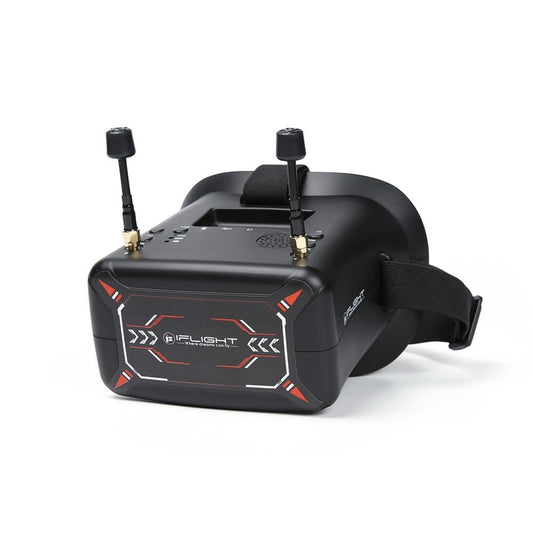
iFlight 4.3inch FPV Goggles 40CH 5.8GHz with DVR Function Built-in 3.7V/2000mAh battery for FPV part
Regular price $99.10 USDRegular priceUnit price per -
Hawkeye Firefly HDMI Box for DJI FPV Goggles V2/V1 - 1080p60 HDMI Output, USB 5V or 3-6S Battery Power
Regular price $149.99 USDRegular priceUnit price per


